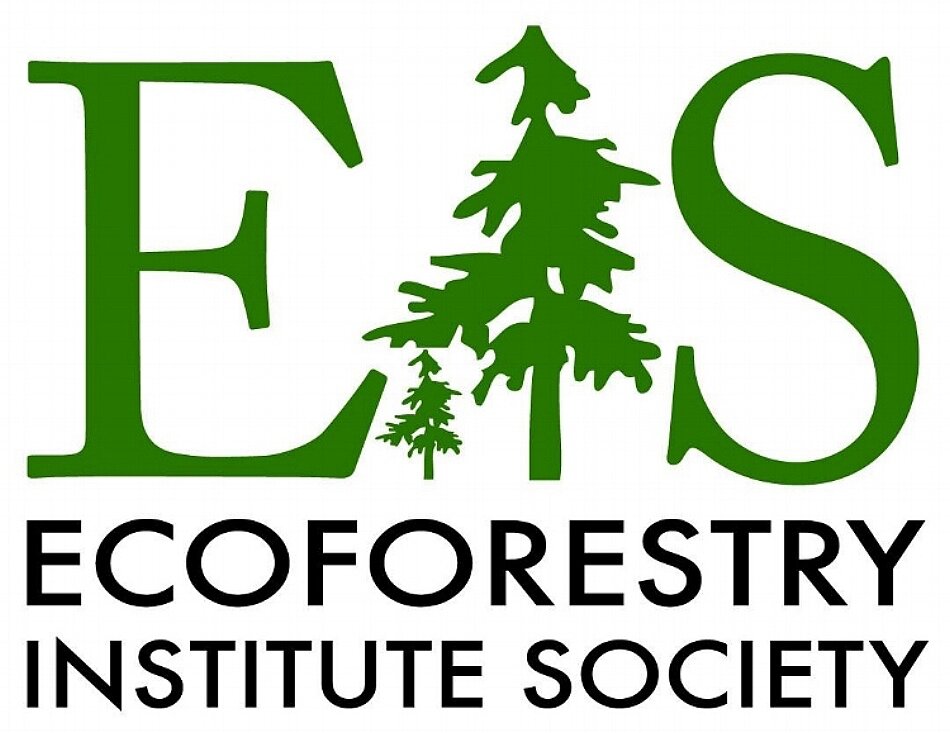Bigleaf Maple
Plant of the Month December 2018
Bigleaf Maple - (Acer macrophyllum)
Bigleaf maple photo.
British Columbia’s most common maple, this stately deciduous tree, loved by many, has the largest leaves of any tree native to Canada. Its leaves are typically maple-like, with long stalks and palmately lobed blades, the tips abruptly sharp-pointed. Unlike the sugar maple (A. saccharum) of Eastern Canada or the two other maples native to British Columbia – Douglas maple (A. glabrum) and vine maple (A. circinatum) – the leaves of bigleaf maple turn bright golden yellow in the fall rather than orange or red.
Bigleaf maple is common on Vancouver Island, growing in moist to medium sites in forests and open areas from sea level to moderate elevations in the mountains. Its range extends from southwestern BC to northern California. It grows 30 m or more tall, with trunks up to 1 m across. The branches are large and spreading, often covered with mosses and sometimes with colonies of licorice fern (Polypodium glycyrrhiza). The bark of young trees and young branches is bright green and smooth; on older trees it is brown and furrowed. The flowers are borne in dense, hanging clusters, appearing before the leaves have fully expanded in the spring. Bright yellow-green in colour, the flowers are attractive to honeybees, bumblebees and other insects, as well as to hummingbirds. The fruits are borne in pairs, with flat wings that propel the seeds groundward like small helicopters in the wind. Deer, squirrels, raccoons and a host of different species of birds relying on bigleaf maple for food and shelter.
The sap of this large, attractive tree can be tapped and collected like that of sugar maple and boiled down to make syrup, although it requires larger quantities compared with sugar maple, because it has a relatively low sugar content.
Bigleaf maple wood is hard and fine-grained. It is commercially important in some areas, and is used by woodcrafters to make flooring, furniture, musical instruments, bowls, spoons and other items. Some people harvest the burls growing on some trunks for crafting bowls, but this defaces the trees. Its name in several different Salishan First Nations’ languages translates as “paddle tree” (e.g., one of the Quw’utsun’, or Cowichan names: q’aməléłp‘paddle tree’), indicating a preferred use of the wood by First Nations: for crafting fine canoe paddles. Another is for making spindle disks, used for spinning mountain-goat wool, nettle fibre and, most recently sheep’s wool for weaving blankets and knitting. Look for bigleaf maple when you visit Wildwood; it is a beautiful tree at any time of year.
Bigleaf Maple Flowers
Maple Syrup



